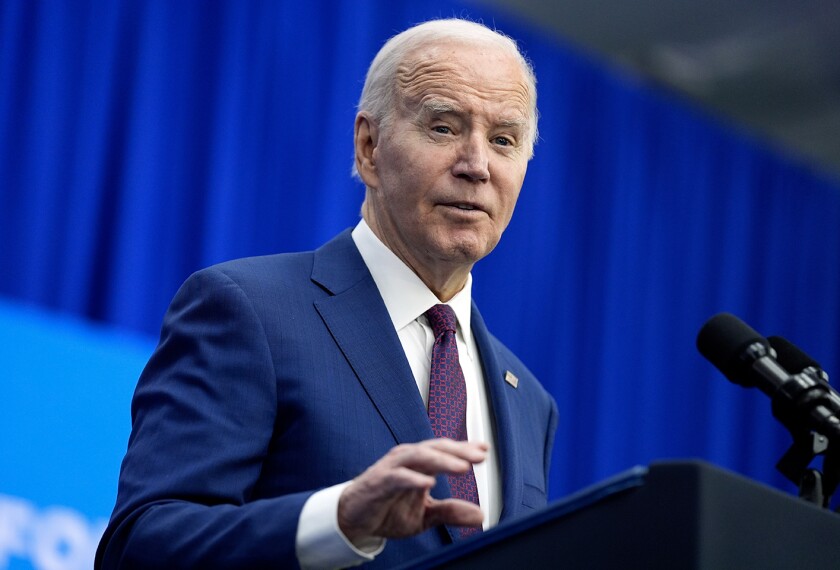The Race to the Top is overhyped.
That’s the bottom-line conclusion from Andy Smarick, who has been one of the most reliable watchdogs on all things related to the economic-stimulus package’s nearly $100 billion in spending on public education.
In a new report that is his third in a series on the stimulus, Smarick, an adjunct fellow at the American Enterprise Institute who served in the U.S. Education Department under President George W. Bush, argues that the promises of the $4 billion Race to the Top competition—such as bringing groundbreaking changes to states’ teacher policies—are likely to fall short.
That’s because most states—even those, like Louisiana, that have been widely viewed as the most likely to win Race to the Top grants—haven’t changed much, if anything, in their education laws and policies, Smarick contends.
“All this talk about revolutionary state change has really been overstated,” Smarick said in a conference call with reporters Thursday. Rick Hess, who directs the education policy shop at AEI and writes his Straight Up blog on edweek.org, was also on the call and seconded everything Smarick had to say. (Check out Rick’s own post on Smarick’s report here.)
Both Smarick and Hess said that Education Secretary Arne Duncan and his Race to the Top team should have selected a smaller field of finalists than the 16 states that were ultimately chosen as possible winners of round one. They also said (Smarick said he was 95 percent certain, while Hess went for the full 100 percent) that the department made a mistake in putting such a premium on getting “buy-in” from teachers’ unions in the scoring of applications.
“The problem is how much states had to give up to get that union support and buy-in,” Smarick said.
When I asked which states they would have put in the finalist bracket, neither Smarick nor Hess was willing to name names, though Smarick did say Florida’s application “was pretty darn good.” I’m not sure how he’s privy to this tidbit, but Hess said several reform-y types in Colorado, which is a finalist, are hoping the state won’t win round one. They are hoping to use a round-one loss as leverage to pass some teacher-effectiveness-related legislation, he said.
As most of you know, the Obama administration wants the Race to the Top, now slated for two cycles, to live on for a third round in the proposed 2011 federal budget (they’ve slotted in $1.35 billion for that, pending congressional approval, of course) and possibly to become a permanent program.
That, says Smarick, would be a big mistake at this juncture.
“Congress needs to put the brakes on additional spending,” he said. “Not a single penny has been spent, and we have no results.”
Smarick, by the way, is one of the few souls we know of (other than the anonymous peer reviewers chosen by the Education Department) who have actually read, page by page, the Race to the Top applications submitted by the 16 finalist states.
UPDATE: For a very different take on Race to the Top and the changes it has spurred, check out this paper released by the Policy Innovators in Education Network, a nonprofit organization that works with education advocacy organizations in several states.




